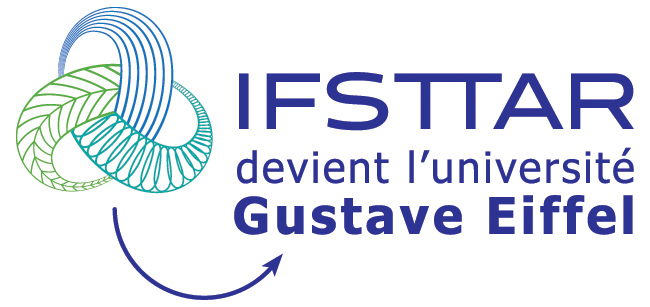A framework for GNSS-based solutions performance analysis in an ERTMS context
Résumé
Context : Progresses in GNSS-based solution introduction in rail applications GNSS (Global Navigation Satellite System) is now used in most of our travels and each of our smartphone apps. Most of the usages are not safety-critical. But Europe identified GNSS for more applications and to be integrated in rail in general as part of the toolset to help railway to contribute to reduce transport carbon footprint. To increase the use of trains in European transports, railways must improve their attractiveness for passengers and freight, but also increase reliability, availability and efficiency by reducing capital expenditure and operational costs. GNSS is part of the global digitalization scheme of freight that aims to offer added value to the clients knowledge of accurate time of arrival, continuous monitoring of transport conditions (temperature, humidity...). But a major challenge will be to reach stringent applications and in particular, GNSS is today seen as a realistic and serious game changer for the future of the ERTMS (European Rail Traffic Management System). The localisation function is today performed with both odometry and balises. Odometer provides a continuous train position in time from a reference point. But as the distance delivered by the odometer shows a growing bias with distance, due to wear and wheel sliding, the use of on-track balises allows to reduce this error. Future systems will be based on on-board localisation solutions with GNSS receivers. It will allow the development of new concepts for moving blocks, virtual coupling and automation. Its use for train integrity is also investigated. But the environmental conditions of track and surroundings configuration, i.e, tunnels, dense urban areas or vegetation often degrade positioning performance and thus its efficiency and safety. Indeed, GNSS satellites are moving and their visibility (availability and relative position from the receiver) vary with time. Moreover, for optimal performance, the system requires open sky environments, which are the cases of most of the aeronautical uses but not of train uses. Trains often circulate in areas where signal reception can be disturbed (multipath, intentional or unintentional interferences) and thus, performances degraded. If many progresses have been made in the past years to develop more robust receivers [Puccitelli, 2022], multi-sensor solutions [CLUG website] or missing tools such as Digital Maps [Crespillo, 2023], in projects such as the Shift2Rail Project X2Rail-5 or CLUG, some questions remain and in particular related to performance evaluation. How can we evaluate performances in a dynamic environment (train, satellite, obstacles)? How can we be sure that every configuration has been tested? What is the impact of a failure (inaccuracy, missed detection) on operation? Some of these issues are addressed in the on-going R2DATO project funded by Europe's rail.
| Origine | Fichiers produits par l'(les) auteur(s) |
|---|
